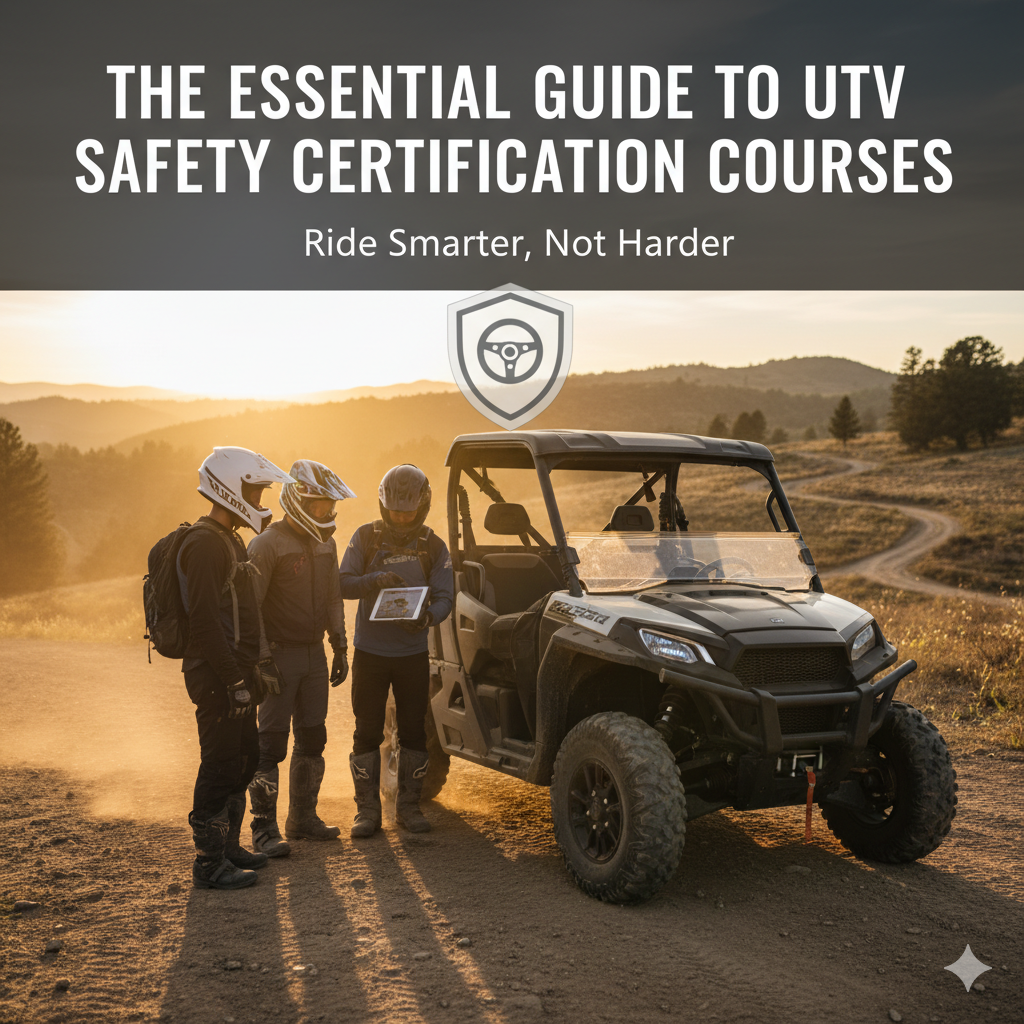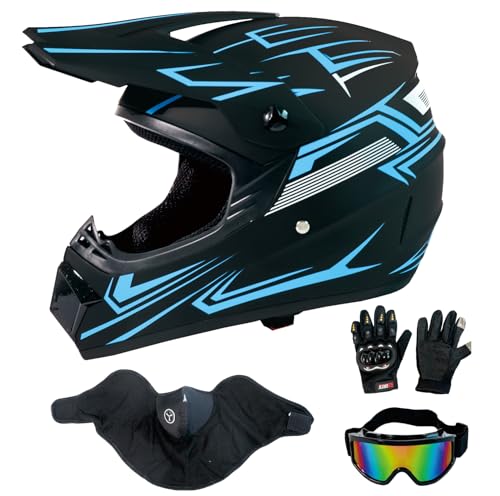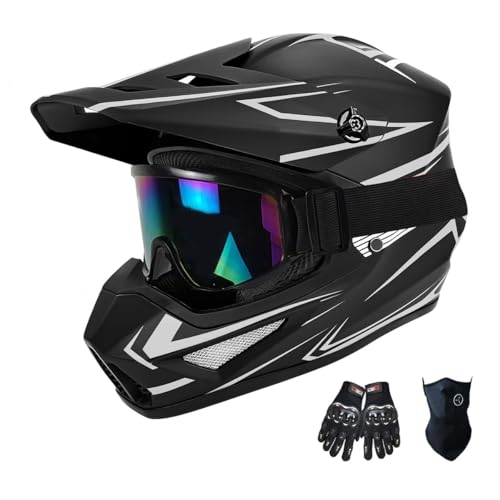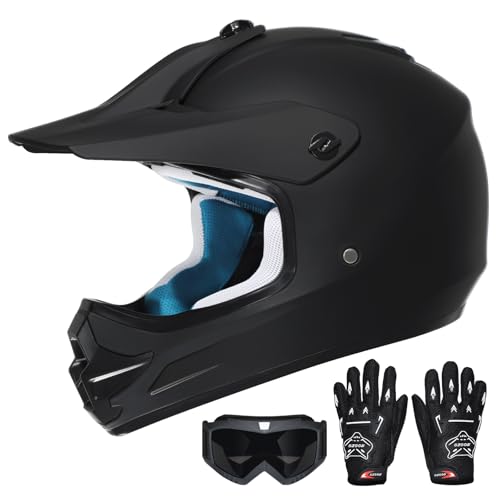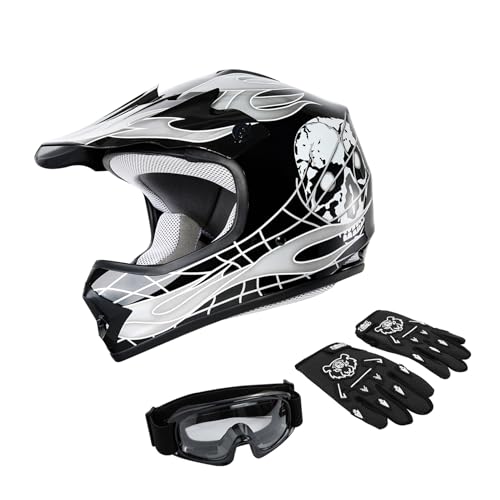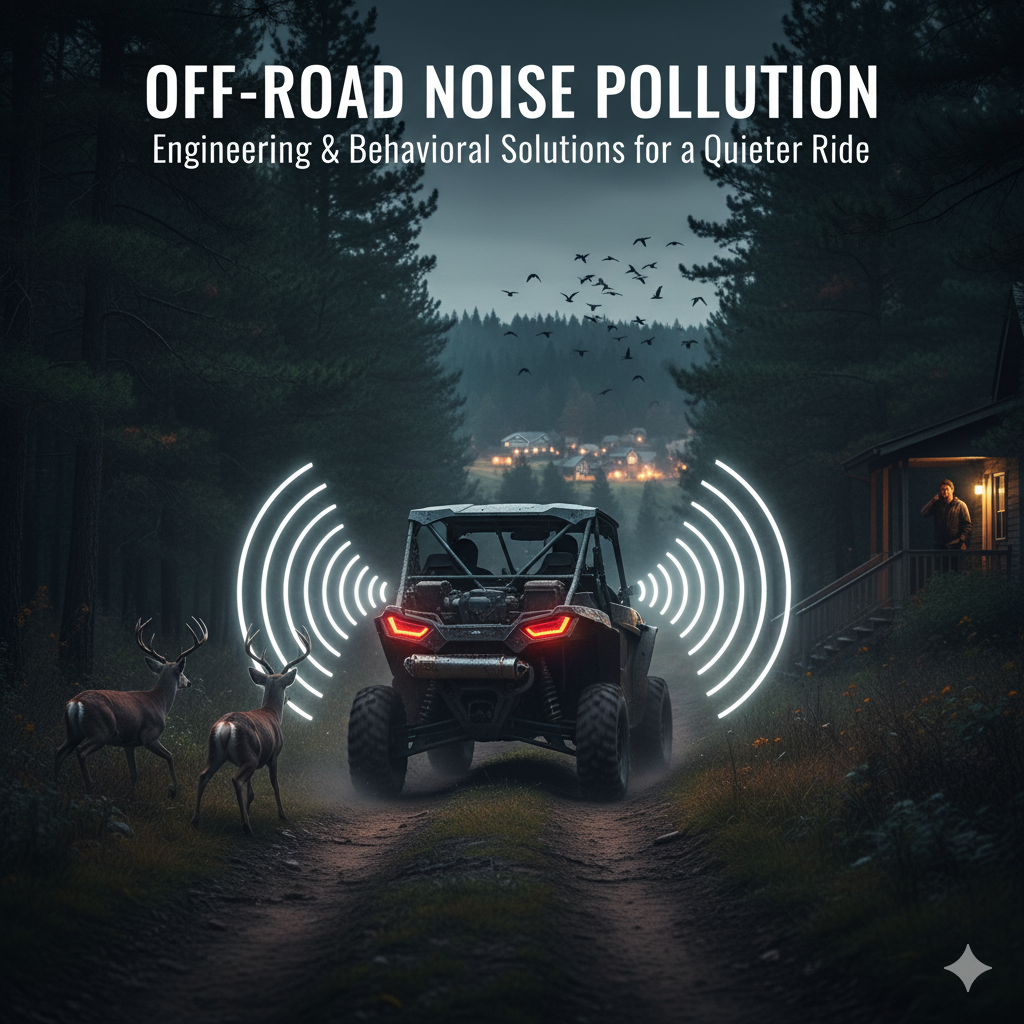The modern Utility Task Vehicle (UTV), or side-by-side (SxS), is an incredible machine. It’s powerful, versatile, and capable of tackling terrain that would stop a traditional ATV in its tracks. But with great power comes great responsibility—and a unique set of operating challenges.
Unlike an ATV, a UTV has a steering wheel, pedals, and seats, which can give new riders a false sense of security, making them forget they are operating a specialized off-road vehicle, not a car.
This is why UTV safety certification courses are not just a good idea; they are an essential investment for every rider, from the weekend warrior to the seasoned ranch hand.
Formal training is the single most effective way to minimize risk, prevent accidents, and unlock the full potential of your machine.
In this comprehensive guide, we’re going to dive deep into the world of UTV safety training.
We’ll explore the leading course providers, detail the critical skills you will learn, and explain how certification can benefit you legally, financially, and, most importantly, on the trail.
If you want to ride smarter, safer, and with more confidence, this is where your journey begins.
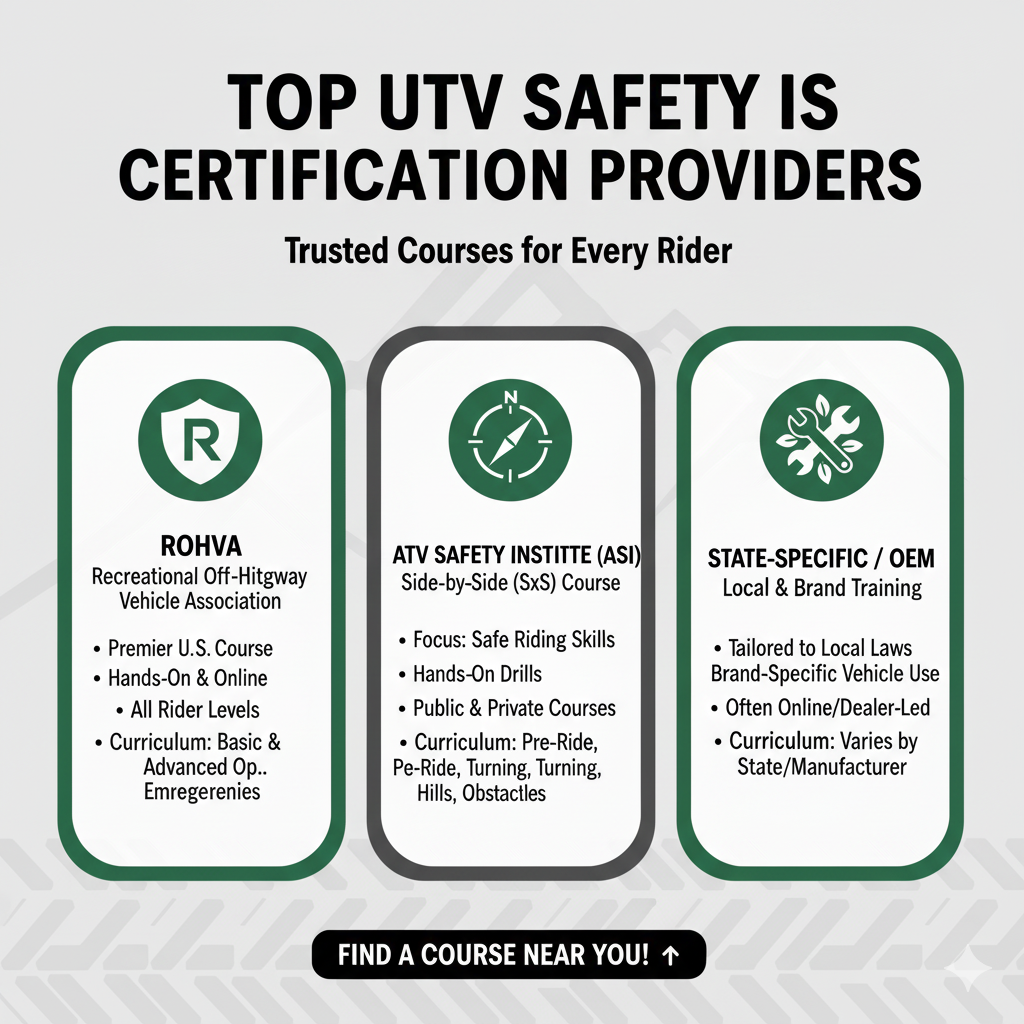
Phase 1: Why Certification is Non-Negotiable
Many riders believe that if they can drive a car, they can drive a UTV.
This assumption is the root cause of many off-road accidents.
UTVs handle differently than any on-road vehicle, and formal training addresses these critical differences.
The Unique Dynamics of a UTV
A UTV’s high center of gravity, narrow track width relative to its height, and powerful engine create unique handling characteristics that must be understood.
- Rollover Risk: UTVs are susceptible to rollovers, especially when cornering at speed, traversing steep side-hills, or hitting obstacles unexpectedly. A safety course teaches you the limits of your machine and the techniques to avoid exceeding them.
- Braking and Steering: Off-road braking and steering require different inputs than on pavement. Courses teach you how to use engine braking, how to manage traction on loose surfaces, and how to steer correctly in a slide.
- Load Management: UTVs are often used to carry passengers and cargo. Training covers how load distribution affects handling and stability, a crucial lesson for anyone using a UTV for utility or family recreation.
Legal and Financial Benefits
Beyond the obvious safety advantages, certification can offer tangible legal and financial benefits.
- Insurance Discounts: Many insurance providers offer discounts to riders who have completed a recognized safety course. This is a direct financial incentive for responsible riding.
- State Requirements: In some states and on certain public lands, a safety certification card is legally required for operation, especially for younger riders. Certification ensures you are compliant with all local regulations.
- Workplace Safety: For those using UTVs in a professional capacity (farming, construction, search and rescue), a certified course is often a mandatory requirement for compliance with Occupational Safety and Health Administration (OSHA) standards.
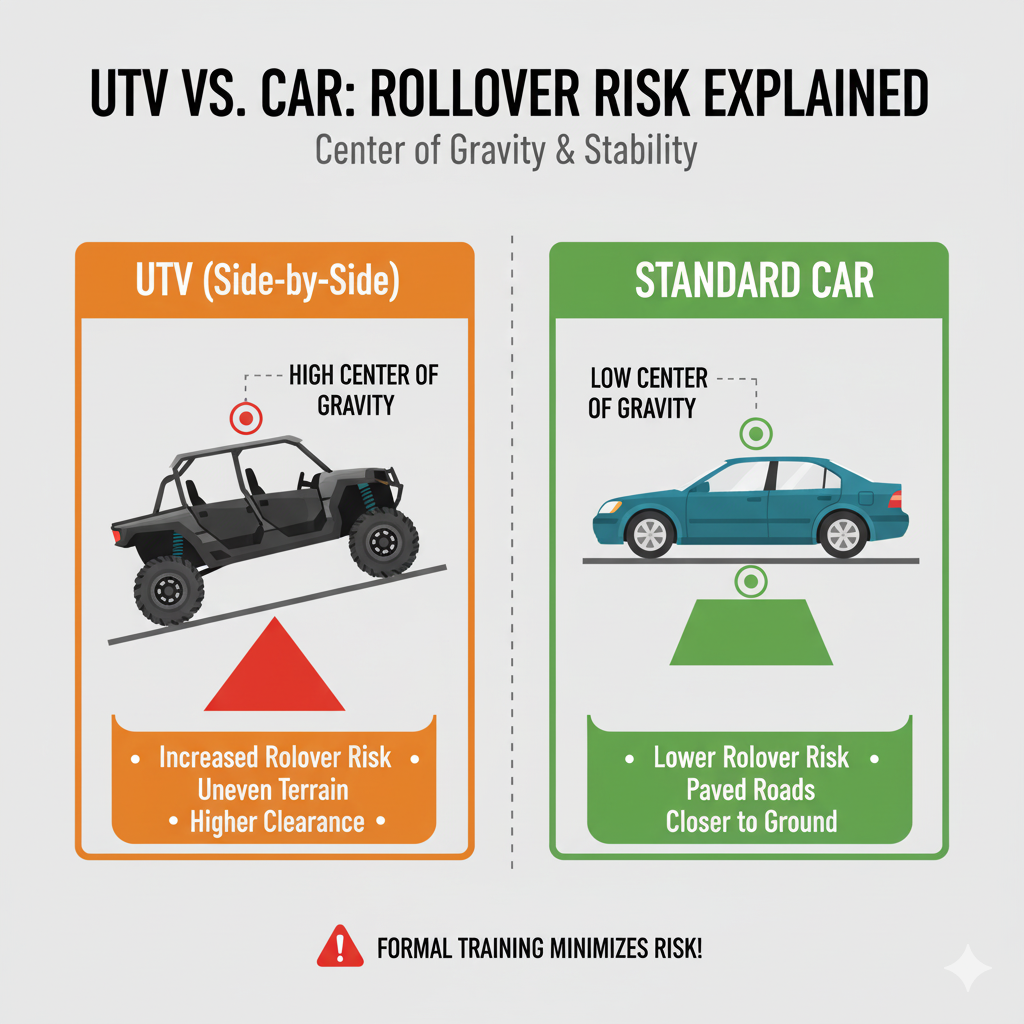
Phase 2: The Leading UTV Safety Course Providers
When seeking certification, it is essential to choose a course recognized by the industry.
The gold standard in the United States is the Recreational Off-Highway Vehicle Association (ROHVA).
The Recreational Off-Highway Vehicle Association (ROHVA)
ROHVA is the national organization that develops and promotes the safe and responsible use of off-highway vehicles.
Their curriculum is the benchmark for UTV safety training.
- The ROHVA Basic DriverCourse (RBDC): This is the most comprehensive certification. It is a two-part program:
- Online E-Course: A free, interactive, two-hour online program that covers the fundamentals of UTV safety, including vehicle dynamics, pre-ride inspections, and safe driving strategies.
- Hands-On Driver Course: A crucial, in-person, 2.5 to 3-hour practical session with a certified instructor. This is where you apply the knowledge, practicing maneuvers like turning at speed, swerving, quick stops, and traversing obstacles.
- Curriculum Focus: ROHVA training is vehicle-specific, focusing on the unique characteristics of UTVs, including the use of seatbelts, doors/nets, and the importance of keeping all limbs inside the vehicle.
Other Reputable Providers
While ROHVA is the leader, other organizations offer valuable training, often tailored to specific needs:
- State-Specific Courses: Many states offer their own mandatory safety courses, often through the Department of Natural Resources or similar agencies. These are usually required for riders under a certain age.
- Commercial/Workplace Training: Companies like BIS Safety and specialized emergency services training centers offer courses focused on the utility and rescue applications of UTVs, emphasizing load capacity, towing, and specialized equipment operation.
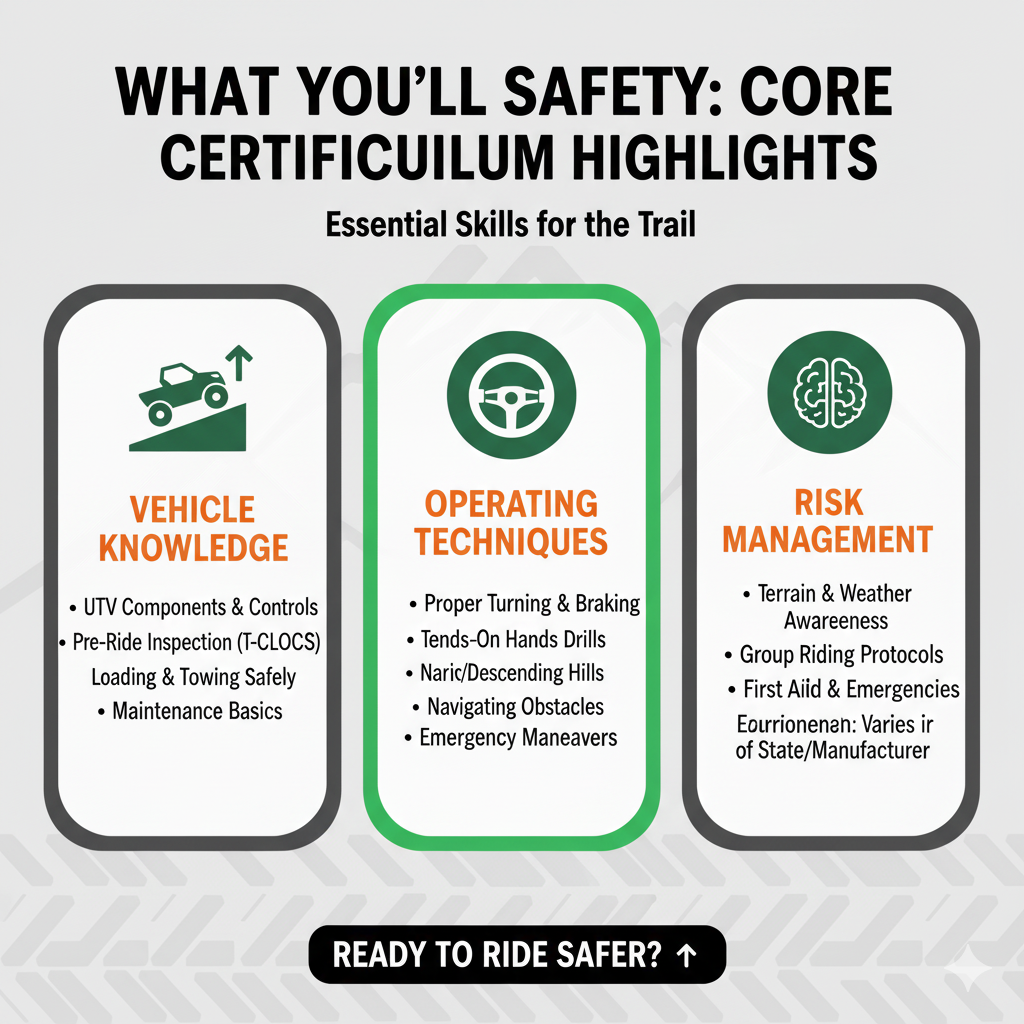
Phase 3: Core Curriculum—What You Will Master
A certified UTV safety course is structured to build skills progressively, moving from basic knowledge to advanced maneuvering.
Here are the core modules you can expect to cover.
Module 1: Pre-Ride Preparation and Maintenance
Before you even turn the key, a certified course teaches you the importance of a thorough inspection.
- T-CLOCS Inspection: This mnemonic is the industry standard for pre-ride checks: Tires, Controls, Lights and Electrics, Oil and Fuel, Chassis, and Suspension. You will learn how to check tire pressure, inspect for loose bolts, and ensure all safety systems are operational.
- Load and Towing Limits: Understanding your UTV’s Gross Vehicle Weight Rating (GVWR) and towing capacity is vital. Training teaches you how to calculate safe loads and how to distribute weight to maintain stability.
Module 2: Vehicle Control and Maneuvering
This is the hands-on portion where you learn to truly control the machine in a safe, controlled environment.
- Starting, Stopping, and Braking: Mastering the technique of using both the foot brake and engine braking for controlled descents and emergency stops on loose terrain.
- Turning and Cornering: Learning the correct speed and steering input to prevent two-wheel lift and rollovers, especially in tight turns.
- Swerving and Obstacle Avoidance: Practicing quick, controlled maneuvers to avoid unexpected hazards on the trail.
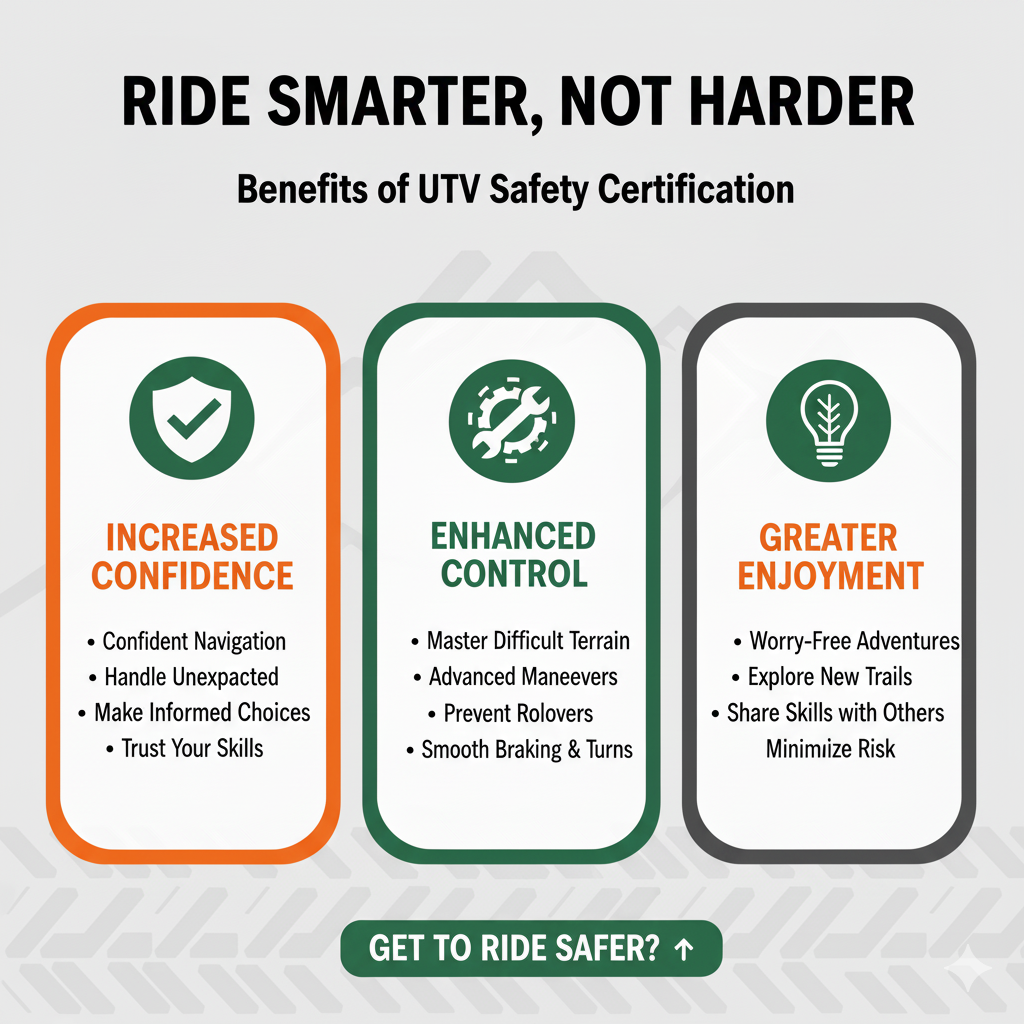
Module 3: Terrain Management
The UTV is designed for varied terrain, but each environment requires a specific approach.
- Hill Climbing and Descending: The most critical skill. You will learn the proper technique for approaching, ascending, and descending hills, including the crucial “bailout” procedure if you lose momentum or traction.
- Traversing Obstacles: Safely crossing logs, ditches, and ruts by using momentum and proper line selection to minimize stress on the vehicle and prevent getting stuck.
- Water Crossings: Assessing depth, current, and bottom composition, and the correct technique for crossing water without stalling the engine or damaging the drivetrain.
Module 4: Emergency Procedures and Recovery
Knowing what to do when things go wrong is a hallmark of a safe rider.
- Rollover Response: The immediate actions to take during and after a rollover, including how to safely exit the vehicle and check for injuries.
- Field Repairs: Basic troubleshooting for common issues like flat tires, broken belts, or minor electrical problems.
- Winching and Towing Safety: The proper, safe use of recovery gear, including the importance of a winch dampener, tree saver straps, and the “five-foot rule” for safe distance.
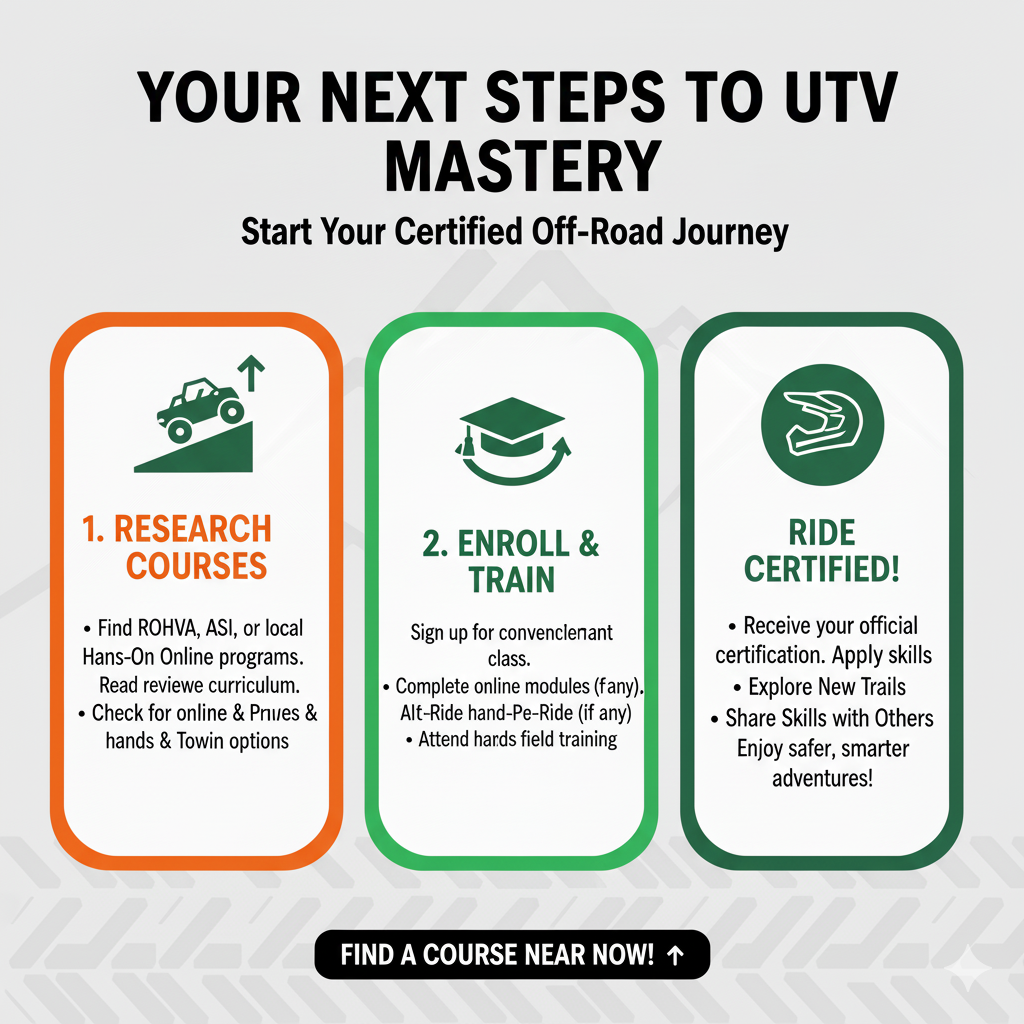
Phase 4: Making the Investment—Time and Cost
The cost of a UTV safety course is minimal compared to the cost of an accident, but it’s important to know what to expect.
| Course Type | Duration | Estimated Cost | Key Benefit |
|---|---|---|---|
| ROHVA E-Course (Online) | 2 Hours | Free | Foundational knowledge and safety awareness. |
| ROHVA Hands-On Course | 2.5 – 3 Hours | $150 – $250 | Practical application and certified skill mastery. |
| State-Mandated Course | Varies (often 4-8 hours) | Varies (often free or low-cost) | Legal compliance for specific age groups/areas. |
| Commercial/Fleet Training | Full Day (8 Hours) | $300 – $500+ | Focus on utility, towing, and workplace safety standards. |
Pro-Tip: Check with your UTV manufacturer.
Many major brands, including Polaris and Can-Am, offer incentives or even free training to new vehicle purchasers, often in partnership with ROHVA.

Conclusion: Your License to Ride with Confidence
The thrill of off-roading is undeniable, but it should never come at the expense of safety.
UTV safety certification courses provide the essential knowledge and hands-on experience to transform a potentially dangerous machine into a tool you can operate with confidence and precision.
By investing a few hours and a small amount of money, you are not just getting a piece of paper; you are gaining the skills to protect yourself, your passengers, your machine, and the trails we all love.
Don’t rely on guesswork or YouTube videos for your safety education.
Seek out a certified course, master the fundamentals, and ensure that every adventure you take is a safe one.
Ride smart, ride safe, and I’ll see you on the trail.
References
[1] Recreational Off-Highway Vehicle Association (ROHVA) – Learn To Drive
[2] ROHVA – NEW ROV eCOURSE AVAILABLE FREE IN ENGLISH AND SPANISH
[3] ATV Safety Institute (ASI) – ATV eCourse
[4] The Peak Inc. – ROHVA (UTVs/SxS) Driver Course
[5] Offroad-ed.com – Official Offroad Vehicle Safety Courses

